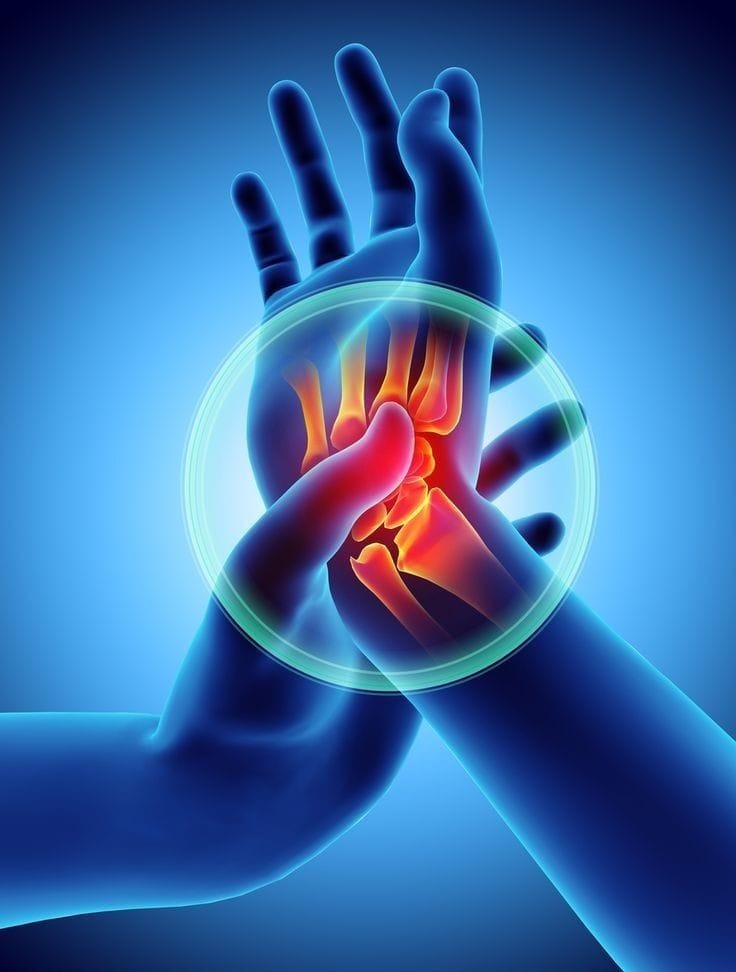+918042757363

This is your website preview.
Currently it only shows your basic business info. Start adding relevant business details such as description, images and products or services to gain your customers attention by using Boost 360 android app / iOS App / web portal.
Physio for wrist pain in Ambattur Physio for wr...

Physio for wrist pain in Ambattur Physio for wrist pain for anna nagar Wrist pain can be caused by various factors including overuse, injury, repetitive strain, arthritis, or carpal tunnel syndrome. Physiotherapy can be an effective approach for managing wrist pain. Here are some physiotherapy techniques commonly used for wrist pain: Rest and Immobilization: In the case of acute injuries or severe pain, rest and immobilization of the wrist may be recommended initially to allow for healing and pain relief. Manual Therapy: Physiotherapists may use manual therapy techniques such as joint mobilization, soft tissue massage, or manipulation to improve wrist mobility, reduce pain, and promote tissue healing. Stretching Exercises: Stretching exercises can help improve flexibility and reduce stiffness in the muscles and tendons around the wrist joint. Common stretches include wrist flexor and extensor stretches, as well as stretches for the forearm muscles. Strengthening Exercises: Strengthening exercises targeting the muscles of the wrist, forearm, and hand can help improve stability and support the wrist joint. These exercises may include wrist curls, wrist extensions, grip strengthening exercises, and finger exercises. Functional Training: Physiotherapists may incorporate functional exercises that mimic daily activities or work-related tasks to help improve wrist strength, coordination, and endurance. Modalities: Modalities such as ultrasound therapy, electrical stimulation (e.g., TENS or EMS), heat therapy, or ice therapy may be used to help reduce pain, inflammation, and promote tissue healing. Activity Modification and Ergonomic Advice: Physiotherapists can provide guidance on modifying activities and ergonomics to reduce strain on the wrist joint and prevent further injury. This may include adjusting workstation setups, using proper lifting techniques, and incorporating rest breaks during repetitive tasks. Bracing or Splinting: Wrist braces or splints may be recommended to provide support, immobilization, and relieve pressure on the affected wrist joint during activities or while sleeping.

